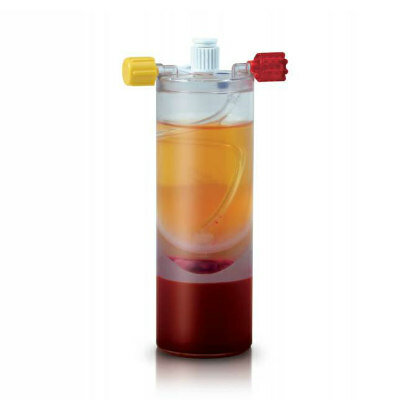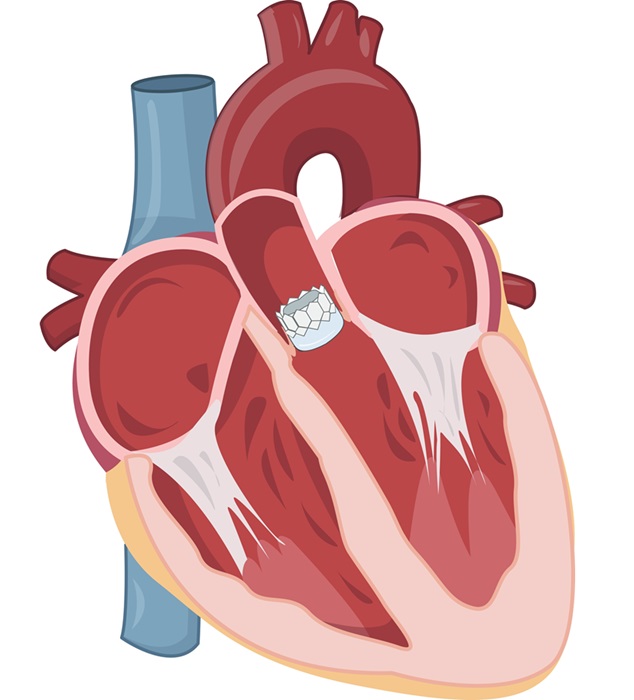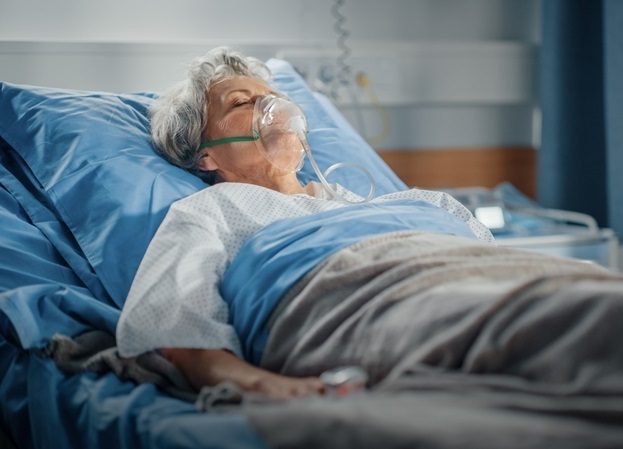Simple Sit Test Predicts Longevity
By HospiMedica International staff writers
Posted on 27 Dec 2012
A new study suggests that a simple sitting-rising test (SRT) that measures the ability of a person to sit and rise from the floor could serve as a predictor of all-cause mortality.Posted on 27 Dec 2012
Researchers at of Gama Filho University (Rio de Janeiro, Brazil) and Clinimex (Rio de Janeiro, Brazil) conducted a retrospective cohort study involving 2,002 adults aged 51–80 years (68% men) that performed a SRT which was scored from 0–5, with one point being subtracted from 5 for each support used; a maximum of 10 points was possible, 5 for sitting and 5 for rising without any supports. Each support (hand, forearm, knee, side of leg, or hand on the knee) used took away 1 point; participants could lose an additional 0.5 points for unsteady performance. Final SRT score was obtained by adding sitting and rising scores and were stratified into four categories for analysis: 0–3, 3.5–5.5, 6–7.5, and 8–10.
The results showed that the survival odds differed greatly between the highest and lowest scorers, with lower SRT scores associated with higher mortality. A continuous trend for longer survival was reflected by multivariate-adjusted hazard ratios of 5.44 for age, 3.44 for sex, and 1.84 for body mass index (BMI), from lower to higher SRT scores. Each unit increase in SRT score conferred a 21% improvement in survival. The study was published early online on December 13, 2102, in the European Journal of Preventive Cardiology.
“Ability to rise from the floor reflects muscle strength, coordination, balance, and flexibility needed for getting up out of a chair, bending over to pick up an item, and various other daily activities and is also tied to risk of falls,” concluded lead author Claudio Gil Soares de Araújo, PhD, and colleagues. “Application of a simple and safe assessment tool such as sit-rise test [...] in general health examinations could add relevant information regarding functional capabilities and outcomes in nonhospitalized adults.”
Related Links:
Gama Filho University
Clinimex











_1.jpg)

